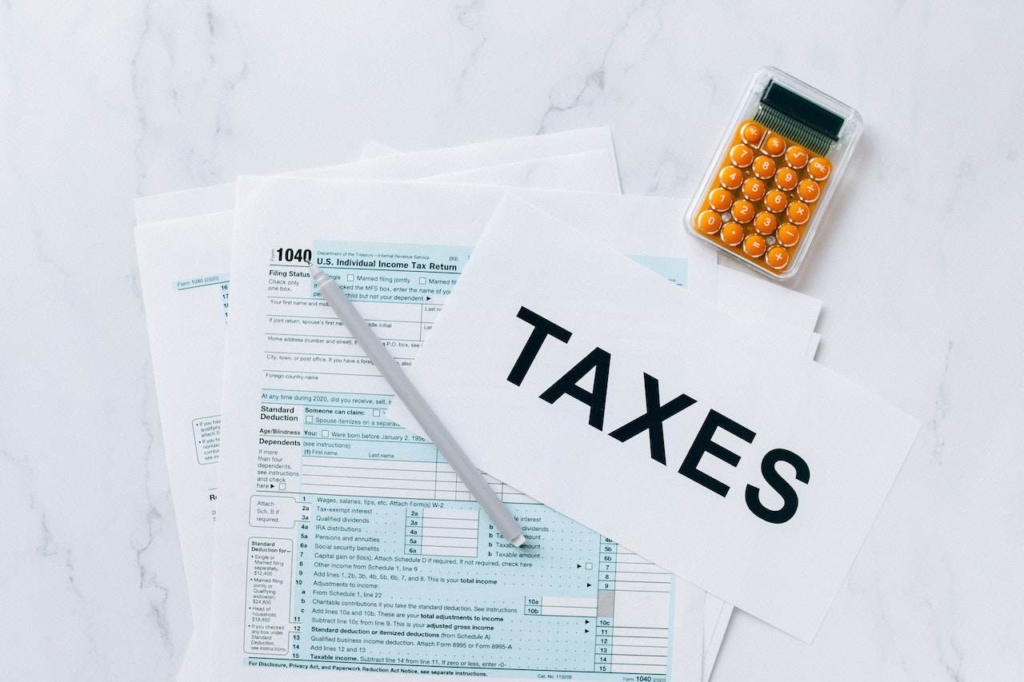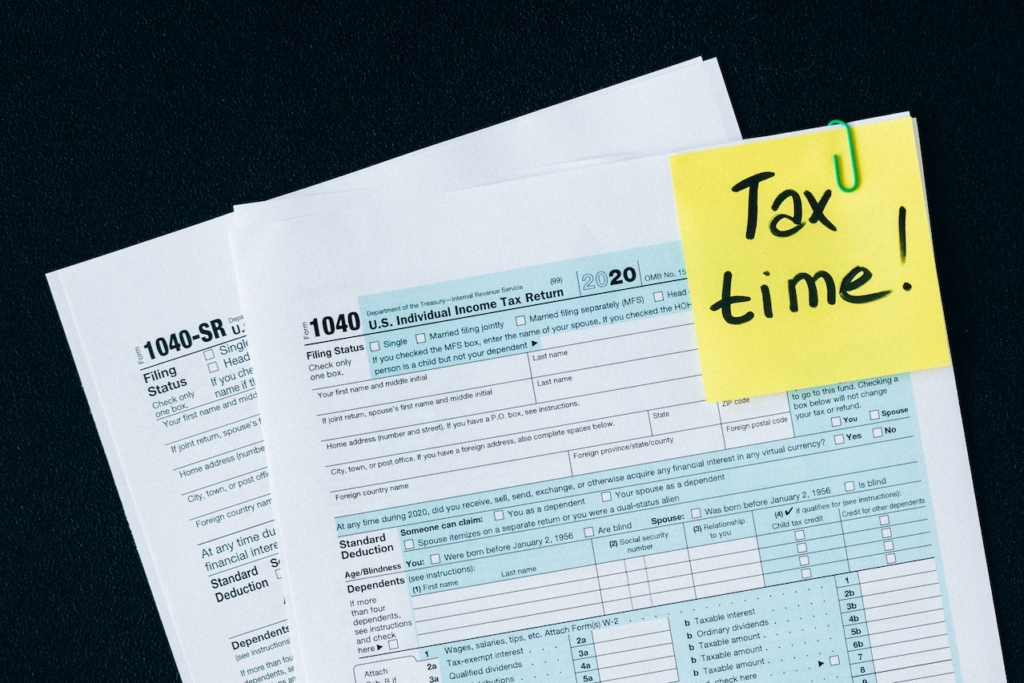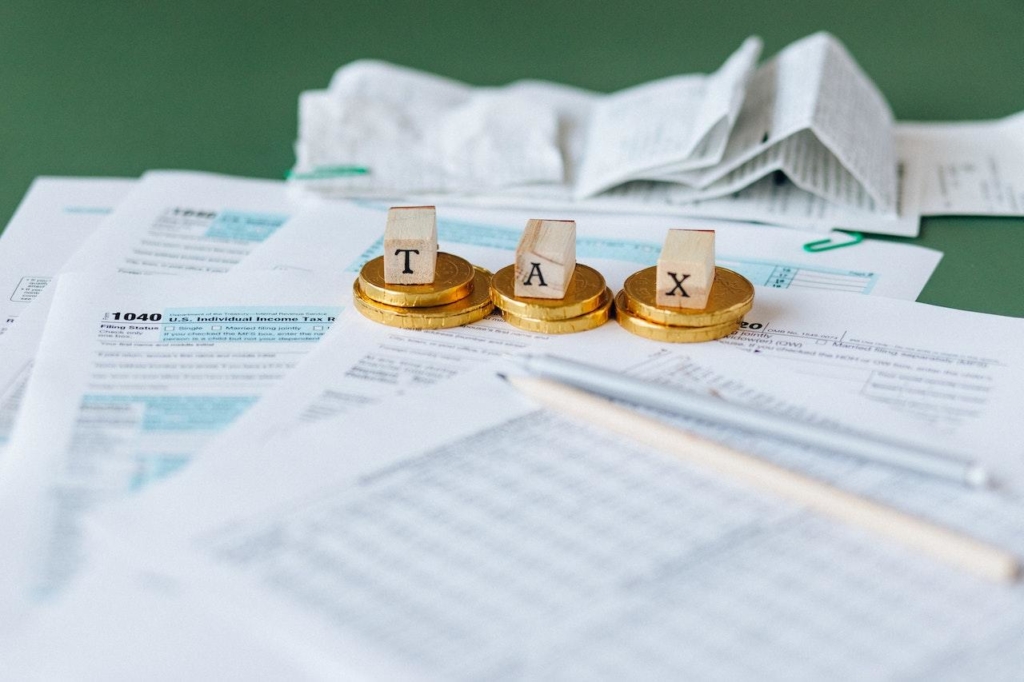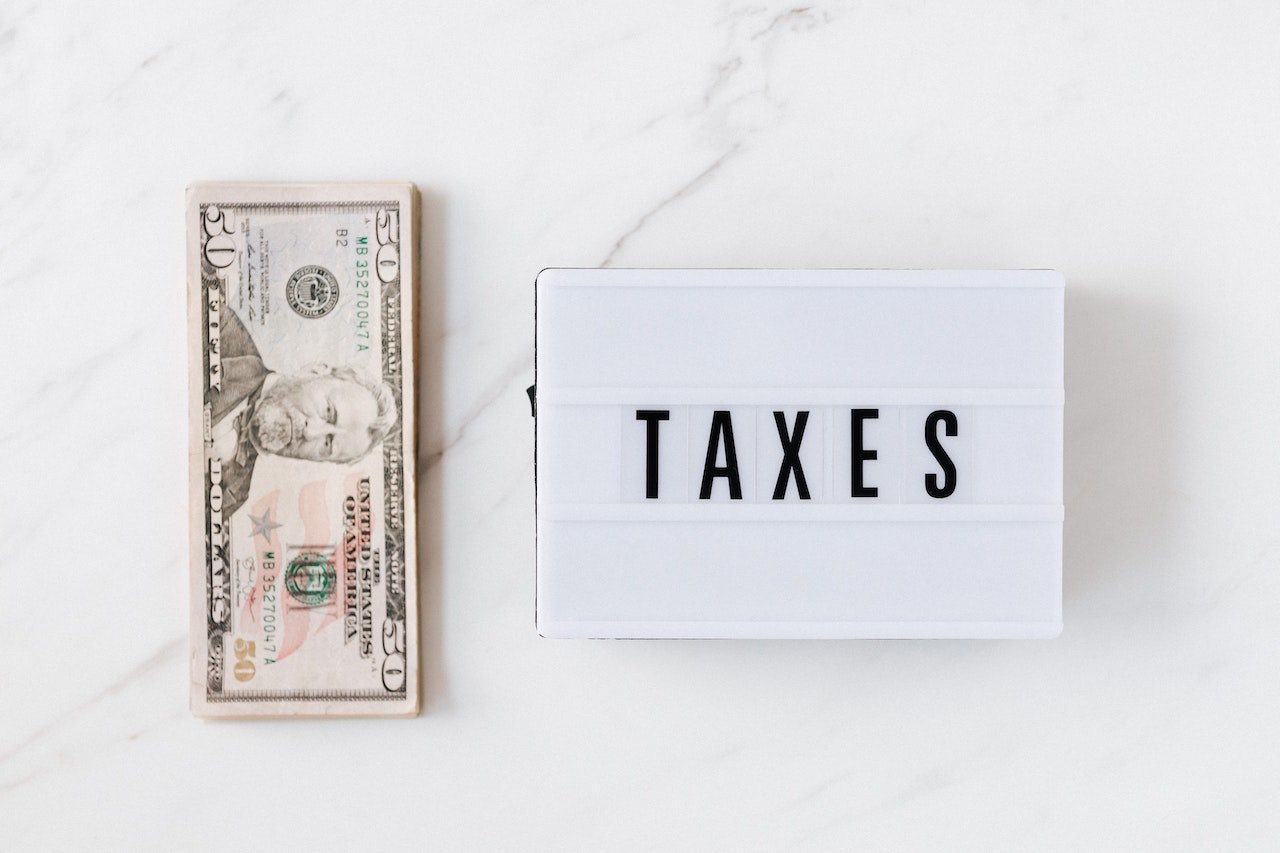As an investor, capital gains can impact your financial landscape, especially when it comes to taxes. Unlike ordinary income, capital gains (profits from the sale of assets like stocks, bonds, or real estate) are subjected to their own unique set of tax rules. Understanding the difference between long-term capital gains and short-term capital gains, as well as how capital gains taxes interact with your total taxable income, is crucial to efficient tax planning.
The tax rate applied to your capital gain hinges upon the nature of the gain. Short-term capital gains, derived from assets held for less than a year, are taxed at your ordinary income tax rate, which can push you into a higher tax bracket. On the other hand, long-term capital gains, typically from assets held for more than a year, benefit from lower capital gains tax rates.
Although it seems simple to distinguish between long-term and short-term capital gains, their implications on your taxes can get a little complicated, especially for new investors. It’s essential to grasp these nuances to effectively navigate the world of capital gains tax. NNN Deal Finder’s Resource Page provides investors with the latest news about commercial real estate investment. This article provides insight into the relationship between capital gains and an investor’s tax bracket so that they are in a better position to maximize returns and avoid a potentially steeper tax bill.
An Overview of Capital Gains

Capital gains are the profits an investor earns from selling a capital asset, such as real estate, stocks, or bonds, for more than its original purchase price. The Internal Revenue Service (IRS) categorizes capital gains into two types: short-term and long-term. The differentiating factor is the asset’s holding period, which directly impacts the capital gains tax rate applied to your profits.
Short-term capital gains result from selling assets held for one year or less and are taxed at your ordinary income tax rate. This rate varies from 10% to 37%, depending on your income bracket. Long-term gains, on the other hand, come from assets held for more than one year before selling. Long-term gains receive favorable tax treatment with tax rates of 0%, 15%, or 20%, based on your taxable income.
Investors can also offset their gains with capital losses. If your capital losses are higher than your capital gains in a given year, you can use the loss to offset up to $3,000 of other income. For those married filing jointly, the limit remains $3,000. If your total net capital loss is more than the yearly limit on capital loss deductions, you can carry forward the unused part to the next year.
Understanding Tax Brackets

In the U.S., tax brackets are vital for tax planning, especially when dealing with capital gains. The Internal Revenue Service (IRS) uses a progressive tax system, meaning that as your income increases, it gradually falls into higher tax brackets, and correspondingly, higher tax rates apply.
For the tax year 2023, there are seven tax brackets for ordinary income – 10%, 12%, 22%, 24%, 32%, 35%, and 37%. The range of income that falls into each bracket depends on your filing status: single, married filing jointly, married filing separately, or head of household. Married filing jointly, for example, often has larger income thresholds for each tax rate compared to single filers.
However, when it comes to capital gains, the tax rates are significantly lower. Short-term capital gains tax aligns with the ordinary income tax rates, while long-term capital gains benefit from a more favorable tax scheme. The long-term gains are subjected to tax rates of 0%, 15%, or 20%, again based on your taxable income. In some instances, particularly for those with lower total incomes, long-term gains can be entirely tax-free.
The Relationship Between Capital Gains and Tax Brackets

Capital gains can affect your overall tax liability. Capital gains, whether they’re short-term or long-term, are included in your taxable income, and therefore, can potentially shift you into a higher tax bracket. However, the effect on your tax rate and overall tax bill can vary based on the type of capital gain.
As mentioned earlier, short-term capital gains are treated like ordinary income for tax purposes and are subject to your ordinary income tax rate, which ranges from 10% to 37%. If the addition of your short-term capital gains to your ordinary income pushes your total income into a higher tax bracket, you will owe more in taxes. For instance, if your ordinary income is $40,000 as a single filer, and you have short-term capital gains of $10,000, your total taxable income becomes $50,000, pushing you from the 12% to the 22% tax bracket.
On the other hand, long-term capital gains are taxed at a lower rate than ordinary income. The benefit here is that even if these long-term gains increase your total income, they might not result in moving you to a higher tax bracket for your ordinary income. Let’s use this example: If your ordinary income is $40,000 and you have long-term capital gains of $10,000, your total income is $50,000. But the long-term capital gain won’t push your ordinary income into a higher tax bracket. Instead, it’s taxed separately at the long-term capital gains tax rate, which in this case, would be 15%.
Another essential aspect to consider is the net investment income tax (NIIT). If your adjusted gross income surpasses certain thresholds ($200,000 for single filers or $250,000 for married filing jointly in 2023), you might be subject to an additional 3.8% NIIT on your investment income, which includes capital gains.
Understanding the interplay between capital gains and tax brackets is vital for effective tax planning. By considering the holding period of your assets and the nature of your gains, you can strategically manage your investments to minimize your tax burden and maximize your after-tax return.
2023 Long-Term Capital Gains Tax Rates

Long-term capital gains have a 0%, 15%, or 20% tax rate. Those filing personally (single status) have a 0% tax rate of gains below $41,675. Gains between $41,675 and $459,750 have a 15% tax rate while gains above $459,751 are taxed at 20%. Married couples (joint filling) have a 0% tax rate on gains below $$83,350. If they acquire gains between $83,350 and $517,200, a 15% tax rate is applied. Gains above $517,200 have a 20% tax rate.
Capital gains taxes for married couples filing separately attract a 0% rate for $41,675 and below, 15% for gains between $41,675 and $258,600, and a 20% tax rate for gains above $258,600. Filing as a head of household attracts a 0% tax rate for $55,800 and below. Gains between $55,800 and $488,500 are taxed at a 15% rate and a 20% rate is applied for gains above $488,500.
Short-term capital gains are taxed at ordinary income tax rates, which range from 10% to 37%, depending on your taxable income.
Common Tax Planning Strategies by Investors

Effective tax planning strategies can minimize your tax liability, including capital gains taxes, thereby maximizing your net investment income. By understanding how capital gains impact your taxes, you can leverage a few strategies to manage your total taxable income and potentially reduce your overall tax burden.
I. Timing is Everything
One key strategy is holding onto your investments for more than a year. Long-term capital gains, from assets held for more than a year, are taxed at lower rates than short-term gains, which are considered ordinary income. By holding onto assets for at least a year and a day, you can lower your tax liability considerably as your gains will be subjected to the more favorable long-term capital gains rates instead of the higher ordinary income rates.
Timing your sales can also significantly impact your tax burden. If you expect to be in a lower income tax bracket in the future, it may be beneficial to delay selling assets until that time. Conversely, if you foresee a jump in your income tax bracket, you might consider realizing gains in the current year when your tax rate is lower.
II. Utilize Your Investment Losses Effectively
Another strategy involves offsetting gains with losses, a practice known as “tax-loss harvesting.” This involves selling investments that have lost value to offset your total capital gains from winning investments, reducing your total taxable income. If your capital losses exceed your capital gains, you can use these losses to offset up to $3,000 ($1,500 if married filing separately) of other income.
Itemized deductions can also help reduce your taxable income. If your total itemized deductions, which might include things like mortgage interest, state and local taxes, and charitable contributions, exceed the standard deduction, itemizing can lower your taxable income and hence your overall tax liability.
III. Higher Earners Should be Cautious of NIIT
Lastly, remember that some taxpayers may be subject to an additional 3.8% tax on net investment income, including net capital gain if their modified adjusted gross income exceeds certain thresholds. Planning your investment sales and other income can help manage this potential tax.
These strategies demonstrate the importance of considering your total income, tax bracket, and potential capital gains in your tax planning process. While planning, remember that everyone’s tax situation is unique, and it’s wise to consult with a tax advisor or financial planner to ensure your strategy aligns with your financial goals and circumstances.
Common Misconceptions About Capital Gains Taxation

Misconceptions about capital gains and their taxation can potentially lead to costly mistakes, complicating financial planning and resulting in an unexpected tax bill. By clearing up these common misconceptions, you can better navigate your investment strategy, aligning it with your broader financial goals.
Misconception 1: All Capital Assets are Taxed at The Same Rate
The reality is that the type of capital asset can affect the tax rate. Most capital assets, like stocks and bonds, follow the standard short-term and long-term capital gains tax rates. However, certain assets like collectibles and some real estate investments can be taxed at higher rates. For example, the maximum long-term capital gains tax rate on collectible assets is 28%, rather than the usual 20%.
Misconception 2: Selling Investments Always Results in a Tax Hit
Not necessarily. If you sell investments at a loss, you can use the capital loss to offset capital gains, reducing your overall tax liability. Even if you have no capital gains to offset, you can use your capital loss to reduce your ordinary income by up to $3,000 in a given tax year.
Misconception 3: It’s Better to Sell the Same Asset Within Less Than a Year to Avoid Taxes
This belief can lead to higher taxes because taxes on assets held for less than a year (short-term gains), are taxed at ordinary income rates, which can be much higher than long-term capital gains rates. Unless there are compelling market reasons to sell quickly, holding onto an asset for more than a year can significantly reduce your tax burden.
Misconception 4: All Realized Gains are Immediately Taxable
Not if they are realized within certain types of accounts. Tax-advantaged accounts like Roth IRAs and 401(k)s allow investments to grow tax-free or tax-deferred. Realizing gains within these accounts won’t result in immediate taxation, providing a valuable tool for retirement savings and investment growth.
Misconception 6: You can Avoid Capital Gains Tax by Buying New Investments Immediately after Selling Assets.
This strategy, known as a “like-kind exchange,” only applies to certain types of assets, primarily real estate. In general, the sale of stocks, bonds, and other similar assets will result in a capital gains tax on the remaining gain, regardless of what you do with the proceeds.
Remember, each investor’s situation is unique, but, to avoid such potentially costly misconceptions, it’s always a wise decision to seek advice from a tax professional when dealing with complex matters like capital gains to ensure you’re making the best choices for your specific financial circumstances.
Final Thoughts on Capital Gains and Your Tax Bracket

So, do capital gains affect your tax bracket? The simple answer is yes, capital gains, particularly short-term gains, can indeed influence your tax bracket because they add to your overall taxable income. However, the impact can vary depending on the nature of the capital gain. Short-term gains are taxed as ordinary income and can potentially push you into a higher tax bracket, while long-term gains are taxed separately at their respective lower rates and typically won’t impact your ordinary income tax bracket.
Understanding how capital gains taxation works is critical in making informed investment and financial planning decisions. Remember, strategies like holding onto assets for more than a year, tax-loss harvesting, and utilizing tax-advantaged accounts can help you manage your tax liability. However, given the complexity of the tax code, it’s always beneficial to consult a tax professional or financial advisor to better navigate your unique circumstances and optimize your investment strategy.
Are you looking to sell your investment property? Request a property valuation with NNN Deal Finder right now. NNN Deal Finder connects investors with commercial triple net properties that have the potential of low risk and high reward. The properties are great opportunities for investors seeking to take advantage of long-term capital gains tax rates. Get in touch with NNN Deal Finder today.

